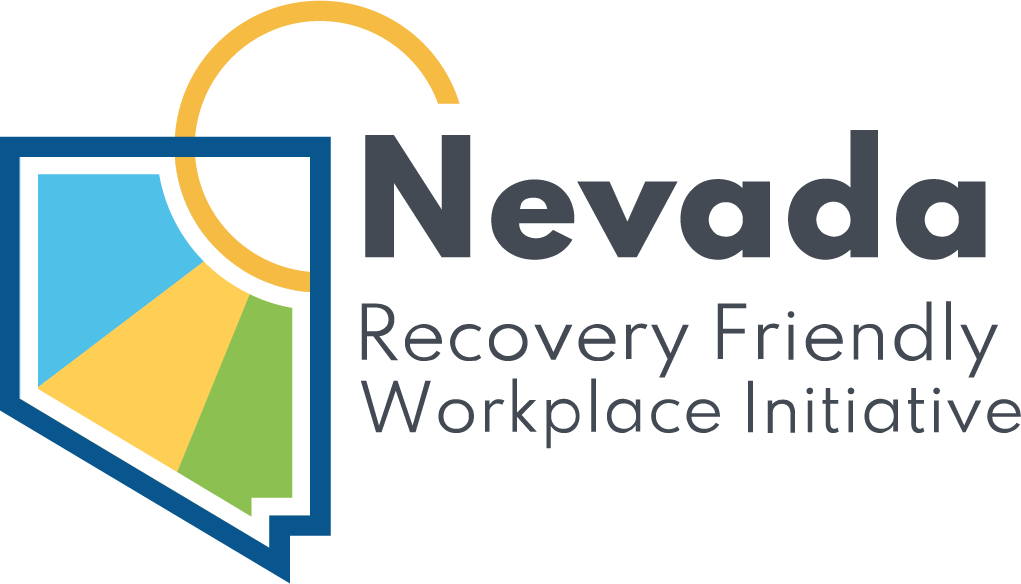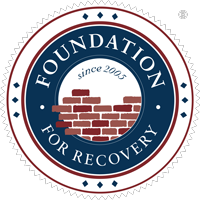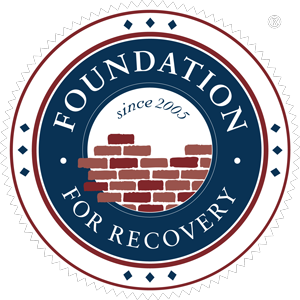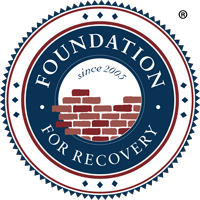Investing in Success By Investing in Employees
Workplace wellness is undergoing a powerful shift among people and organizations. The COVID-19 pandemic has forever changed what basic concepts like wellness, and even the organization of the workplace, look like. Workers today prioritize balance and expect their employers to be understanding of non-work-related demands.
And as wellness changes, so should businesses.
With a shiny new business landscape, employers now have a unique opportunity to attract and retain the best employees by embracing – and offering – an environment that prioritizes employees’ overall wellness.
Why has workplace wellness changed?
In September 2021, 4.4 million people resigned as part of a massive cultural event called The Great Resignation, an ongoing economic trend that began well before the pandemic, where employees voluntarily quit their jobs en masse. Pre-pandemic, the average American spent about 90,000 hours of their life at work. That’s 10 years during their lifetime! In 2022, it was estimated that one in five workers planned on leaving their job, and although most were seeking higher salaries, over two-thirds said they were seeking more fulfillment, balance, and wellness in the workplace. The workforce is speaking, and businesses should listen.
Today, the lines between personal and professional lives are wildly blurred and people are demanding more from their employers. The demands are not unrequited, however! Healthy employees are more present, more productive, and have fewer accidents. Research has shown that employee well-being has a direct effect on performance.
Bottom line is that keeping people healthy will keep a company healthy.
What does wellness mean in 2023?
Wellness today is viewed as a more broad, holistic concept, and can be defined as being healthy in many dimensions of our lives. Previously, wellness often described physical or mental health, but this narrow definition didn’t consider things like spiritual or emotional health. All the dimensions of a person’s wellness are interconnected, and one dimension builds on another. People want to feel cared for and valued by their employers, and employers can meet that need by creating a culture with workplace wellness in mind.
How is workplace wellness changing?
In the past, many employers and workers considered ‘wellness’ to be something that happened outside the parameters of the job. Then COVID happened – and people moved their cubicles and job sites into their already crowded bedroom corners or a free seat at the kitchen table, pushing the legos, stacks of mail, and Play-Doh over to make room for a laptop. Employers faced a new set of challenges – how can we support employees working remotely? What do we do for people experiencing unprecedented levels of stress amid a pandemic? What if there are school closures or connectivity issues? Leadership and workers alike faced new challenges overnight.
When the lines between work and home life are blurred, workplace wellness suddenly becomes incredibly important. For many workers, there is little separation between work and life, causing stress for those already struggling to find balance in their professional and personal lives. When we show up at work, we bring our complete selves, not just one aspect of ourselves. So, employers need to make investments in programs and policies proven to impact how employees produce and interact with others on and off the job.
What can I do at my company to promote wellness for my employees?
There are so many initiatives that can promote health and wellness in the workplace. Check out this non-exhaustive list of some innovative ideas for your organization to consider:
- Become a Recovery Friendly Workplace and provide strength-based support for folks with problematic substance use issues
- Create an onsite recharging or meditation space that allows employees to quietly rest or nap
- Offer free weekly yoga or workout classes
- Reimburse an employee for their gym or YMCA membership, or provide on-site inclusive fitness facilities
- Make sure your employees are well compensated for the job they are performing
- Hold workshops on stress management, nutrition, or financial wellness
- Provide low-barrier access to wellness, life, and/or recovery coaches
- Ensure that health insurance plans are comprehensive and robust with affordable premiums, as much as possible
- Leadership can positively model wellness and health by taking daily walks or making sure people are taking their allotted breaks
- Hold regular listening sessions where employees can share ideas without fear of any retribution
- Provide a monthly wellness incentive that workers can use for things like an ergonomic standing desk, acupuncture, or a nourishing worktime meal
- Match donations to a charity or cause that is meaningful to the employee
- Provide a flexible or unlimited PTO schedule allowing employees to go to the doctor, vote, or attend school meetings guilt-free
- ….and more!
There are many ways that employers can incorporate wellness into their work and their employees’ lives. Whether it’s a new work-from-home policy or subsidized childcare, changes in workplace wellness programs can enrich your company culture and improve overall wellness. Wellness as we know it is changing, and now is the time to enact meaningful workplace wellness programs that will help your employees and help your business.
If you want to learn more about the Recovery Friendly Workplace Initiative in Nevada, click here!











